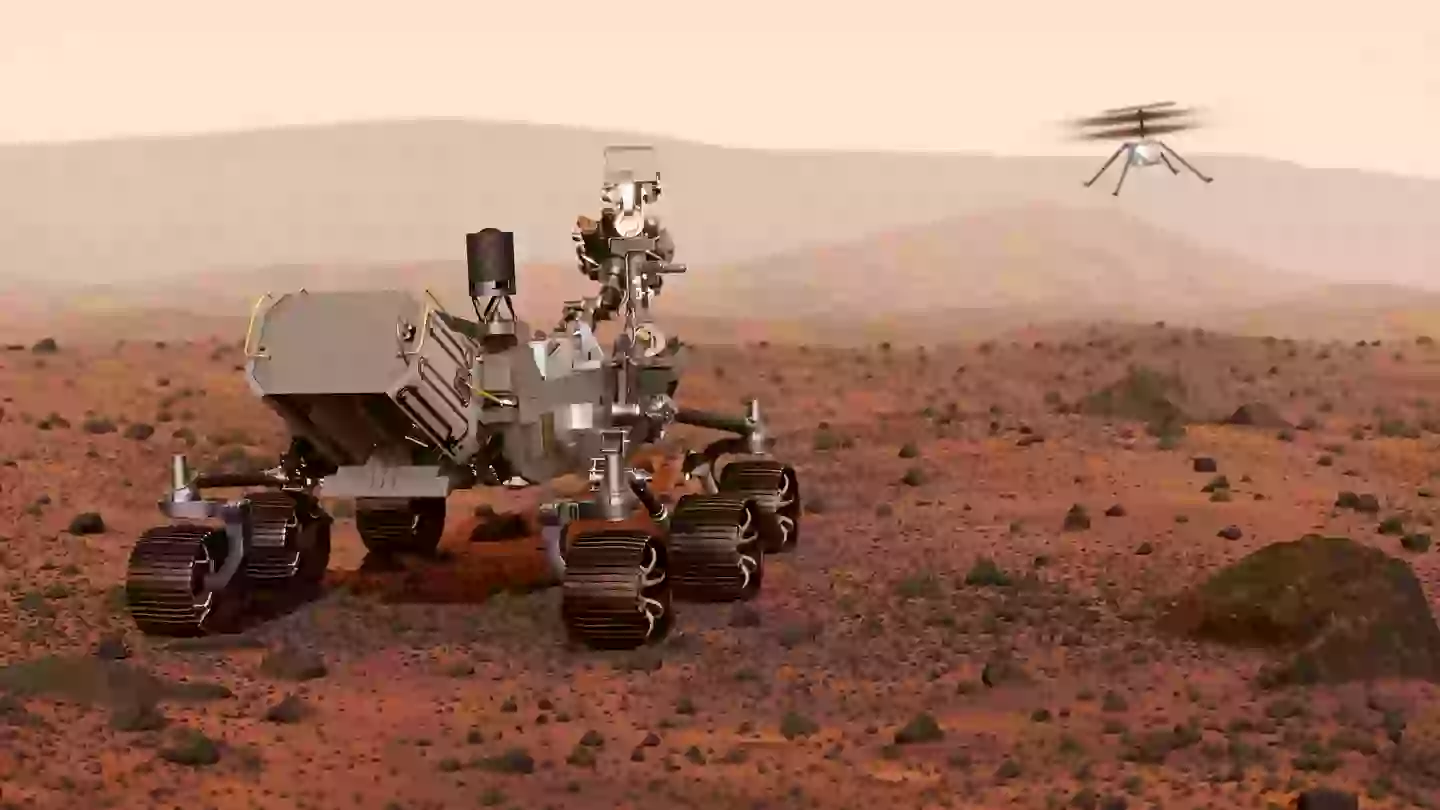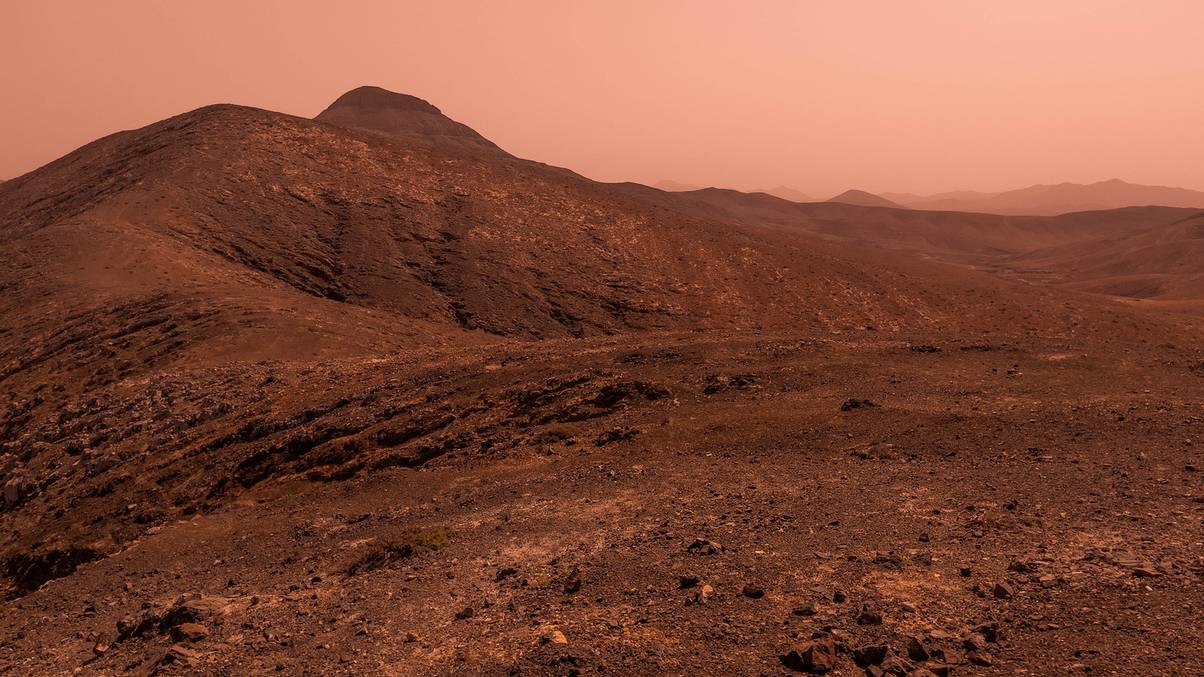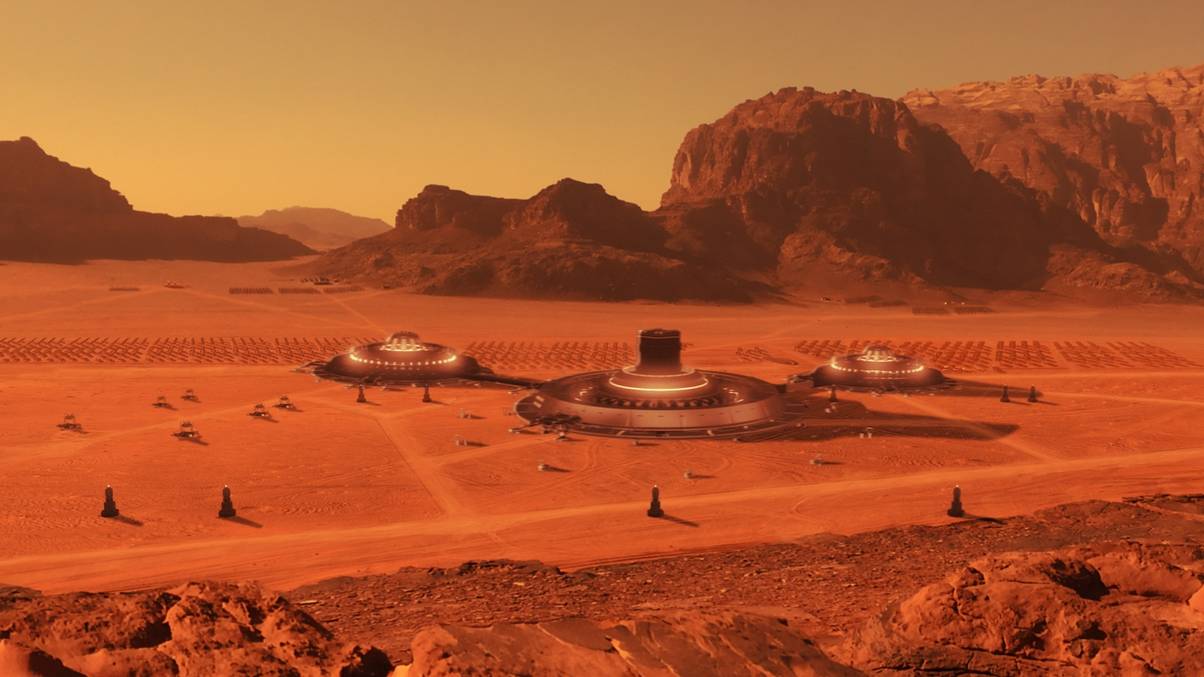ESA Reveals Shocking Timeline for Human Settlement on Mars—Are We Closer Than We Think?
So, picture this: one day soon—well, if you ask the European Space Agency (ESA), maybe by 2040—we might actually be packing our bags and swapping Earth’s cozy blue skies for the rusty red deserts of Mars. I mean, Elon Musk is already revving up to plant humans on Mars by the end of this decade and wants to send a whole million of us there by 2050… talk about ambitious Airbnb expansion plans! Despite SpaceX’s latest Starship test bursting into flames like a cosmic fireworks show, Musk’s vision keeps charging ahead at 40,000 people per year. Now, while that sounds like a sci-fi dream-come-true or maybe just a plot twist from The Martian, the ESA’s got its own space-age roadmap in their “Technology 2040” report. They’re not just imagining tiny outposts — they’re talking about ‘space oases’ with glass domes, homegrown veggies, and AI helpers—all orbiting Earth, chilling on the Moon, or setting up shop on Mars. Heck, they even foresee mining asteroids for building materials. So, could the first Martian neighbors be from the UK or somewhere else in ESA’s 23-country crew? Stay tuned—our multi-planetary life might be closer than we think, and who knows, maybe one day we’ll be complaining about Martian WiFi like it’s just another Monday. <a href="https://www.esa.int/ESAMultimedia/Images/2025/06/Technology2040″>LEARN MORE.
The European Space Agency (ESA) has provided an interesting prediction for when humans will be packing up and leaving Earth for good to go and live on Mars.
It may seem like it’s a lifetime away, but big names in the space realm such as Elon Musk are planning to have humans landing on Mars by the turn of the decade.
Despite routine tests for SpaceX’s Starship going horribly wrong this week, Musk reaffirmed his intention to send one million humans to live on Mars by 2050, which works out at a rate of 40,000 people moving there every year until then.
While these wild predictions seem a bit out of reach at the moment, the ESA has published its own new report titled ‘Technology 2040: A Vision For The European Space Agency’.
The report outlines the agency’s goals for the next 15 years and also touches on when humans might trade life on Earth for the Red Planet and beyond.

Space figures are aiming to touch down on Mars in the next 10-15 years (NEMES LASZLO/SCIENCE PHOTO LIBRARY/Getty Stock Image)
Based in Paris, the ESA represents 23 member countries, one of which is the United Kingdom – so could we be among the first humans to live on Mars?
The agency predicts that by 2040, there will be a ‘resilient European presence’ across the solar system, calling space a ‘territory’ instead of a ‘frontier’.
Highlighting the importance of scientific breakthroughs that can be made by expanding into space, the ESA claimed that in just 15 years, humans will be living among the stars.
Building ‘space oases’
The space agency claims that humans will be making home in massive ‘space oases’ that will be orbiting the Earth, while some will be based on the Moon and others will even be shacking up in Mars and beyond.
These so-called space oases are said to be white domes which will protect humans from cosmic radiation, providing a place to sleep, eat and work.
Growing our own food in space
The self-sustaining habitats will create their own power and food, removing the need for resupply missions from Earth, much like the 2015 film The Martian.
Rice, fungus, tomatoes, leafy vegetables and potatoes will be grown in the glass-ceilinged, heat-reflective oases, according to the report.
It’s thought that humans will be able to send out autonomous robots to explore the planet, which will carry out missions without the fear of exhaustion, dust contamination, or radiation poisoning.

Humans could inhabit the Red Planet as soon as 2040 (MARK GARLICK/SCIENCE PHOTO LIBRARY/Getty Stock Image)
Mining asteroids
The report adds that if humans are to land on Mars, asteroids will be mined and used as building materials.
The ESA predicts that large space structures similar to NASA’s infamous James Webb Space Telescope will be able to be made or assembled while in orbit, or on the surface of a celestial body.
The ESA stated: “The next steps in human exploration will involve longer stays and farther destinations.
“Key to the success of these undertakings will be the creation of more permanent infrastructure with increased independence from Earth.”
Artificial intelligence in space
Of course, it wouldn’t be the future without a bit of artificial intelligence, would it?
The report outlines that AI would be trusted to make important decisions including helping control spacecraft.
Meanwhile, recycling space debris is also an aim if and when humans inhabit Mars.
According to the ESA, the whole solar system will be connected by a large internet network, with the goal ultimately being for humans to live in space permanently as we take steps to becoming a multi-planetary species.
Only time will tell, eh?


















